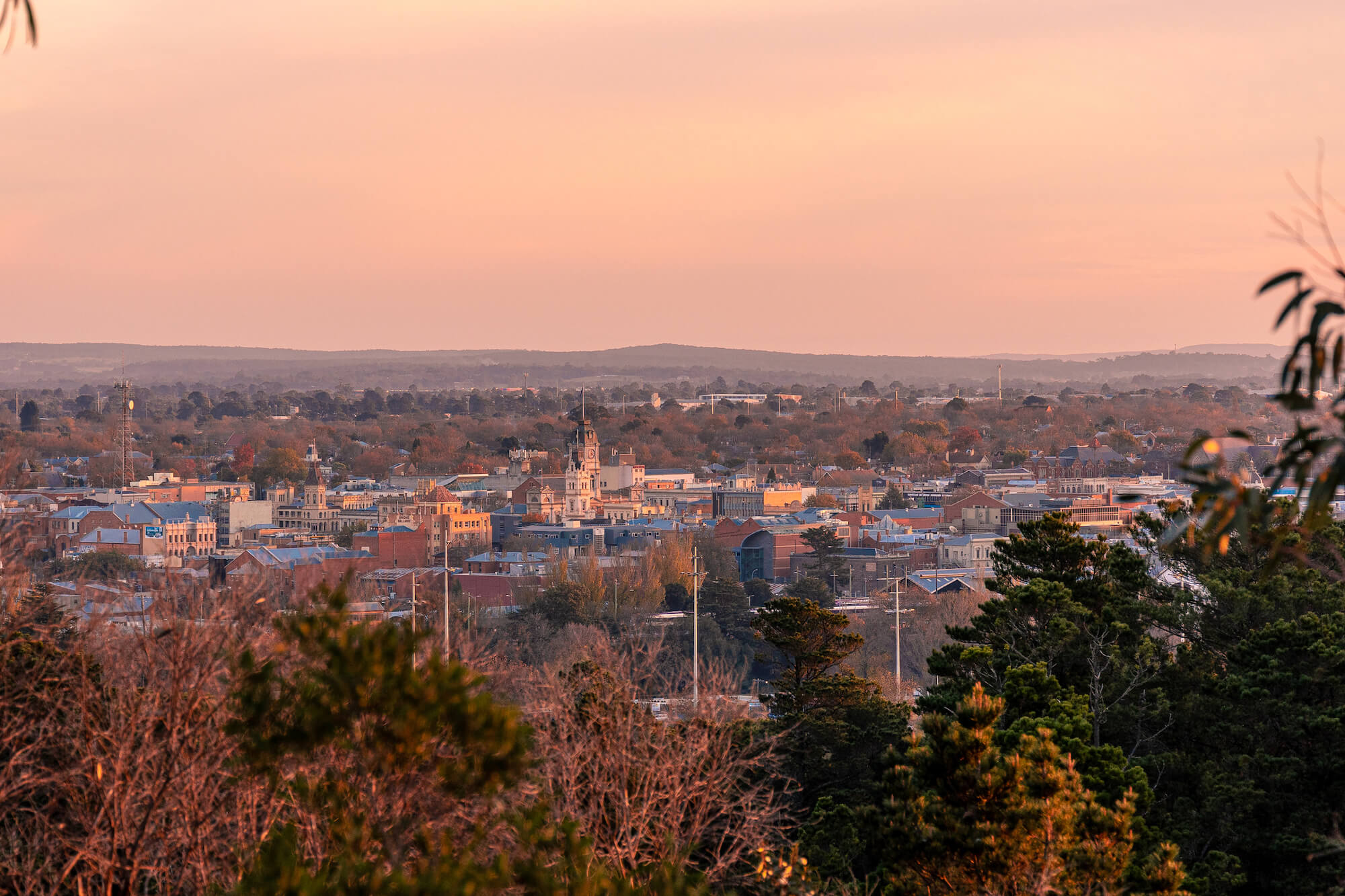There’s an undeniable appeal to Victoria, with its vast landscapes and diverse vegetation. But that appeal is also the source of challenges in the form of bushfires that regularly threaten parts of the state. As a homeowner or property developer in Victoria, you want to know whether your home is in a bushfire zone. Along with the risks this brings, it also means taking certain steps to mitigate them.
Understanding Bushfire Attack Levels (BAL)
Bushfire Attack Levels, or BAL, indicate the potential severity of a bushfire’s impact on a building and classify potential exposure to radiant heat, flame, and ember attacks. There are six different BAL ratings, each reflecting the potential risks faced by properties in varying areas:
- BAL-LOW: Very low risk, no special requirements for construction.
- BAL-12.5: Risk from embers and radiant heat, requiring specific construction measures.
- BAL-19: Increased risk, especially from embers, radiant heat, and burning debris.
- BAL-29: High risk with heightened concerns for embers, heat, and debris.
- BAL-40: Very high risk, with potential direct exposure to flames.
- BAL-FZ (Flame Zone): Extreme risk, direct exposure to flames is likely.
What is BAL Based On?
The determination of a property’s BAL is based on several factors:
- Vegetation type: Different types of vegetation, from forests to grasslands, carry different fire risks.
- Proximity to vegetation: The closer a building is to a potential fire source, the higher the risk.
- Slope of the land: Fires can travel faster uphill, affecting properties located on or near slopes.
- Region: Some parts of Victoria have a historical prevalence of bushfires, increasing risk.
- Fire weather: Takes into account the historical and predicted fire weather patterns of the area.
Finding Out the BAL for Your Property
Archistar’s property development platform is a convenient and straightforward way to generate detailed property reports, especially when you are looking at or working with multiple properties. With the overlay feature, you can activate layers that show slope, heritage, zoning, and, crucially, bushfire risk. So, even if your property isn’t in a bushfire zone, you are still able to see how close it is to one. If your property is in a bushfire zone, you will then need to have a qualified assessor evaluate it to determine the BAL.
AS 3959 – The Building Standard in Play
The Australian Standard AS 3959 is the guiding principle when it comes to building homes in bushfire-prone zones in Victoria. It details construction requirements for various BALs. Adhering to these standards is essential not just for compliance but for ensuring the safety of the property and its inhabitants.
Bushfire Prone Area Map Reviews
Victoria’s bushfire prone area maps are reviewed every six months. Not all bushfire-prone areas (BPAs) are reviewed each time. Instead, the Victoria Department of Transport and Planning reviews areas where development is about to start, based on requests from developers and local councils. Archistar always uses the latest data, meaning whenever you use the bushfire risk layer feature of the platform you see the most recent information.
Understanding bushfire risks for a property in Victoria isn’t merely about compliance; it’s a crucial step for safety. Make sure you have access to all the property data you need by creating your free Archistar account today, which will also allow you to explore advanced, premium features.


